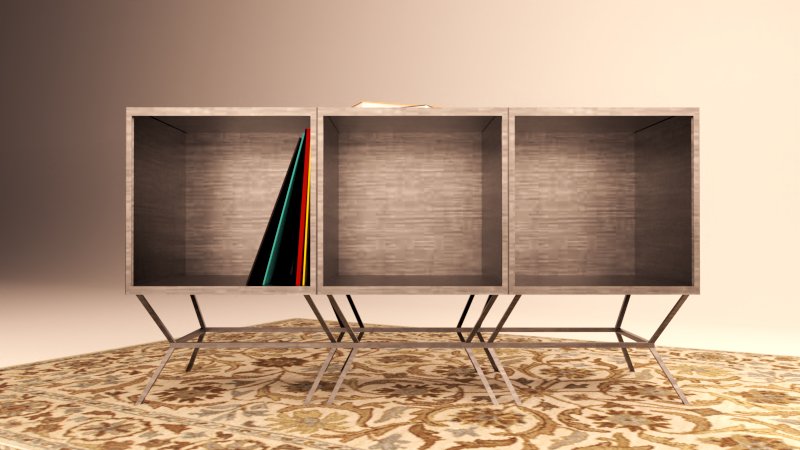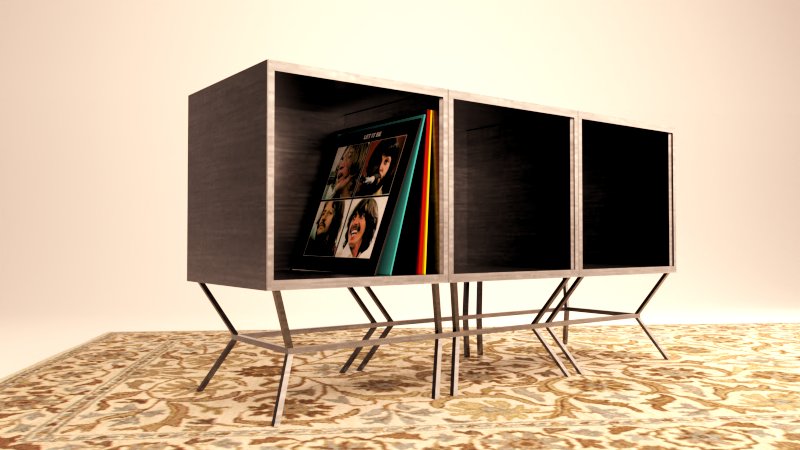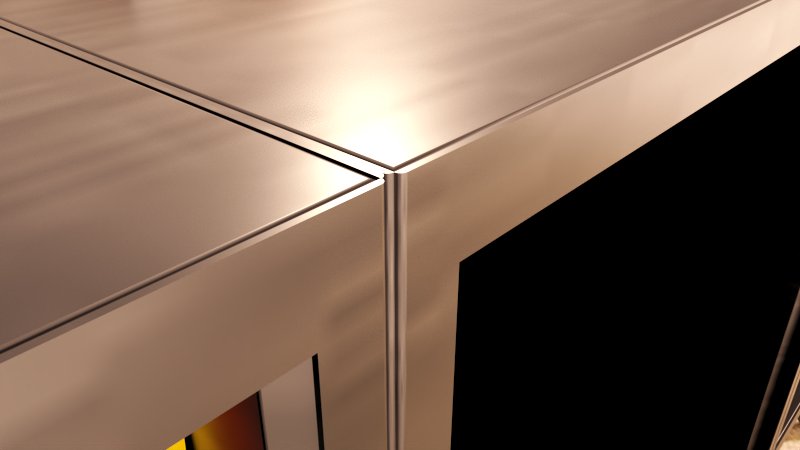Chassis
This metal cabinet was inspired by a deep appreciation for the automotive industry an industry where designers devote countless hours to sculpting chassis, obsessing over precise crease lines, and ensuring that panel gaps are flawlessly executed, seamlessly integrating with the vehicle’s functional components and exterior form.
Drawing from this meticulous design language, I chose to work with 1mm sheet metal, a material that allowed me to echo the crispness and precision found in automotive manufacturing. The use of flanges as a joining method not only facilitated assembly but also created subtle shadow details that directly reference the panel separations and linework found in car bodies.
Early in the design process, I established a set of guiding principles: the piece would be entirely flat-pack, minimize material usage wherever possible, and rely on construction techniques that accentuate unique shadow lines through intentional connections. These constraints became integral to both the visual identity and functional essence of the cabinet.



